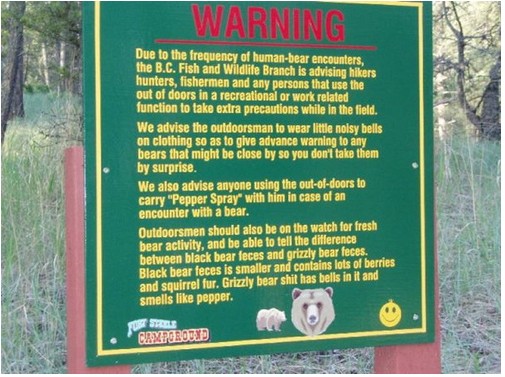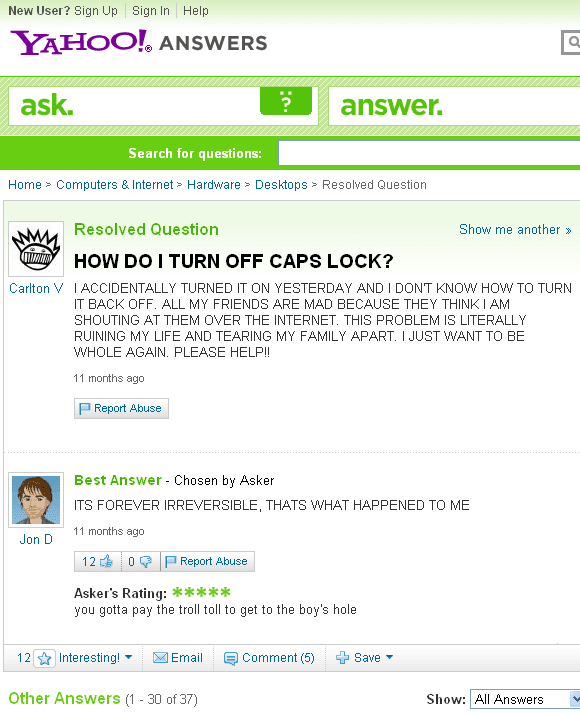Written by Chris Lesinski
 Months after the initial announcement, today, it becomes official: Yahoo has shut down GeoCities — one of the original kings of free web hosting services.
Months after the initial announcement, today, it becomes official: Yahoo has shut down GeoCities — one of the original kings of free web hosting services.
Now, all of those GeoCities websites (excuse me, “Web Sites”) are coming down. It’s got me more tear-jerkingly nostalgic than Where The Wild Things Are.
No doubt, GeoCities started a revolution, but many of its ways have gone by the wayside. While Yahoo deploys the virtual demolition crews, let’s make one last toast to a few of the relics they’ll leave in the rubble.
1) Under Construction GIFs
 It’s absurd to think that putting up an “under construction” sign on a web page was at one point an idea that was (pardon the pun) “ground breaking.”
It’s absurd to think that putting up an “under construction” sign on a web page was at one point an idea that was (pardon the pun) “ground breaking.”
Why did people make such a big deal out of being “under construction” in the 90s? It’s not necessarily something you want to attract attention to. “Hey! See this fancy animated GIF? That’s just a preview of how impressive my site will be when it’s done.”
Sadly, putting up 37 under construction animations is definitely as impressive as your Family Matters fan page ever got. (Except for when you added the auto-playing MIDI version of the intro song. That was awesome.)
And why the civil engineering motif? Are you trying to tell me that a self-taught HTML geek is like a construction worker? I hope not. Making a website is about the furthest you can get from hard manual labor.
See the other six retro things we’ll miss after the jump…
2) HTML
The fall of GeoCities certainly won’t be the end of HTML, but those homespun sites definitely hearken back to when HTML was the
hottest sh*t around!!!!!!!!!!!!!!!!!!
What you are seeing above is the “marquee tag” in action. Yes, there are actually specific tags in HTML for a scrolling marquee or blinking text. For those unfamiliar with basic computer programming, let me explain that: HTML makes it harder to add a hyperlink than to make text scroll horizontally across the page. That’s where priorities were in the Netscape days.
3) Guestbooks
 Ah, the guestbook. It was basically the first incarnation of “comments” –- a place to put your name down and provide some feedback. Only, back then, people hadn’t quite perfected the espousing of snark and unbridled-racism that make comments so exciting today.
Ah, the guestbook. It was basically the first incarnation of “comments” –- a place to put your name down and provide some feedback. Only, back then, people hadn’t quite perfected the espousing of snark and unbridled-racism that make comments so exciting today.
Here is an actual guestbook entry I came across, typical of most guestbook entries: “Very good webpage you have here, and best greetings to all your visitors. You are welcome to visit my webpage.”
Could they be less constructive? Even a “first” or an ASCII middle finger is better.
C’mon! This is the internet. If you want to communicate with random people in other countries just for the sake of it, stick to HAM radio.
(Click here to sign this post’s guestbook!)
4) FAQs
 FAQ stands for “frequently asked questions” but it usually turns into “questions I’ve obviously made up myself to give me an opportunity to provide information about things no one would actually ever ask questions about.”
FAQ stands for “frequently asked questions” but it usually turns into “questions I’ve obviously made up myself to give me an opportunity to provide information about things no one would actually ever ask questions about.”
Let’s say there’s a site about the Royal Canadian Mounted Police. The first FAQ would inevitably be “What is the Royal Canadian Mounted Police?”
Who would ever ask that? And if they were asking that, how did they end up on the FAQ page? If you run a site about the Royal Canadian Mounted Police and users have to go to your FAQ page to figure out what the Royal Canadian Mounted Police are, you’re probably not running a very good Royal Canadian Mounted Police website.
5) Webmasters
 “Click here to email the Webmaster.”
“Click here to email the Webmaster.”
Okay, but only after you quit pretending your webmaster is a different person than you.
Who came up with the name “webmaster”? It probably went out of style because, for your average computer programmer, it brought back some sour memories from their old Dungeons and Dragons days.
Need more proof it’s a silly title? Try putting it in a modern context. Can you image someone calling Mark Zuckerberg the webmaster of Facebook or Kevin Rose the webmaster of Digg?
6) Take me to the top
On GeoCities, websites were often just one long single page of unedited drivel and found GIFs. Websites just kept going. Who needs more than one page when the web has infinitely long pages?
So, every three paragraphs, a little hyperlink would offer to take you back to the top. Why? I’ve only made it 20% of the way down your site and you want me to go back to the top to read that same 20% again? I’m not trying to memorize every single track on every Limp Bizkit album: I’m just looking for that one specific song title to include in my death threat to Fred Durst.
By the way, the “take me to the top” section of this post is self-reflexive! Here’s to you, “take me to the top!”
7) Visitor counters
 Visitor counters were the most important part of any GeoCities page. In fact, I believe it was an unspoken rule that you could not remove your “Under Construction” banner until you had added a hit counter, thus making your GeoCities page “complete.”
Visitor counters were the most important part of any GeoCities page. In fact, I believe it was an unspoken rule that you could not remove your “Under Construction” banner until you had added a hit counter, thus making your GeoCities page “complete.”
Before handling web analytics became a full-time job, the best option to determine your web-traffic was to put a counter right on the page. These counters had the added bonus of embarrassing your visitors when they would realize how few people had been to your site before them.
But, back then, it didn’t matter that nobody was visiting your site — you could always stuff the ballot by manually changing the number in the settings. If your friend’s counter said “114” you could be pretty sure that meant “14.” Why won’t Google AdSense let me do this?
Luckily, even without GeoCites, the visitor counter industry will stay in business thanks, entirely, to eBay.
We’re going to miss GeoCities…
We’ll miss the impossible to remember URLs. We’re going to miss hand-coding our pages in Notepad. We’ll even miss the ridiculously invasive ads. So pour one out for the hosting platform that took “bright lights, big city” way too literally.
GeoCities –- farewell.

 Over the past months, we’ve written quite a few PDF manuals for you, on all kinds of diverging subjects, including BitTorrent, iTunes, iPhone, Twitter, Mac, Linux, Photoshop and several other topics.
Over the past months, we’ve written quite a few PDF manuals for you, on all kinds of diverging subjects, including BitTorrent, iTunes, iPhone, Twitter, Mac, Linux, Photoshop and several other topics. 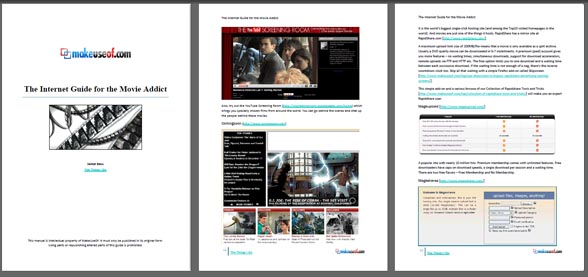
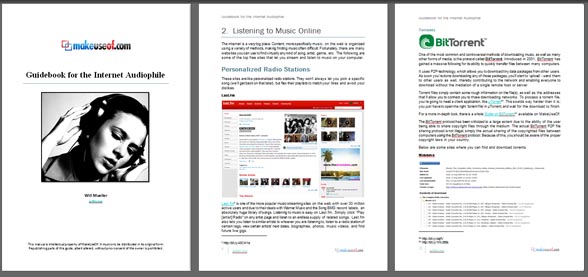
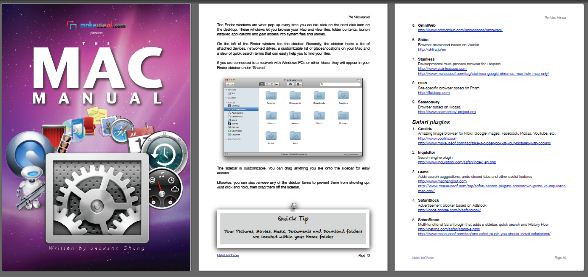
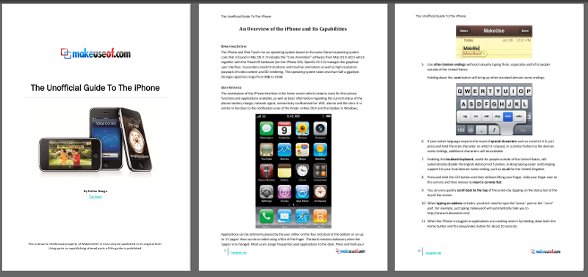

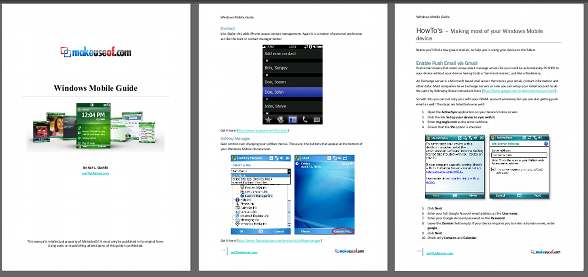


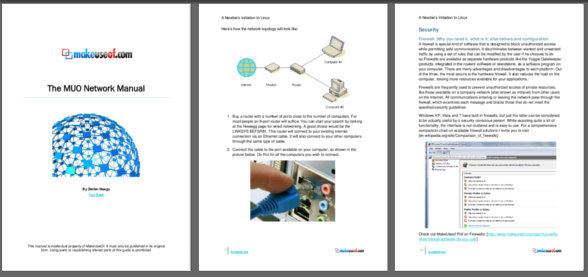
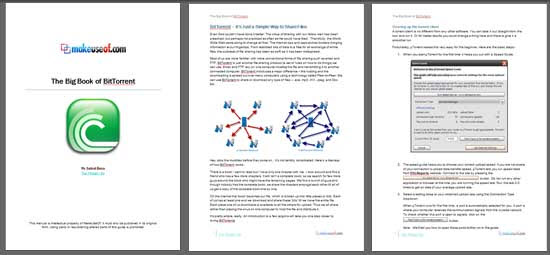


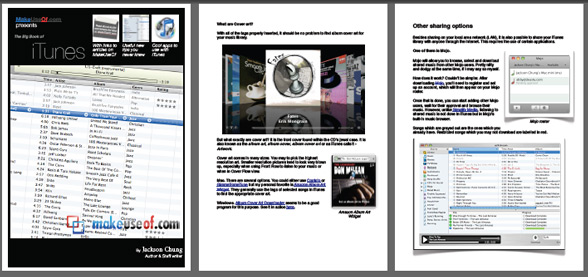

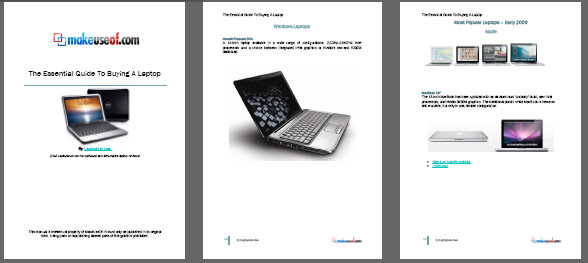
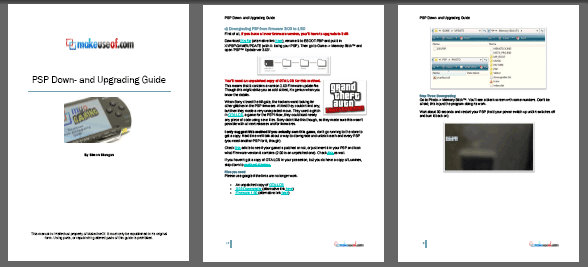





























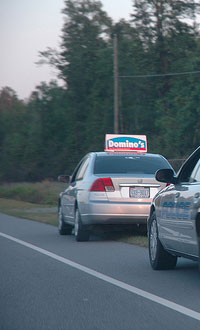 After seeing Reader Digest‘s recent list of
After seeing Reader Digest‘s recent list of 





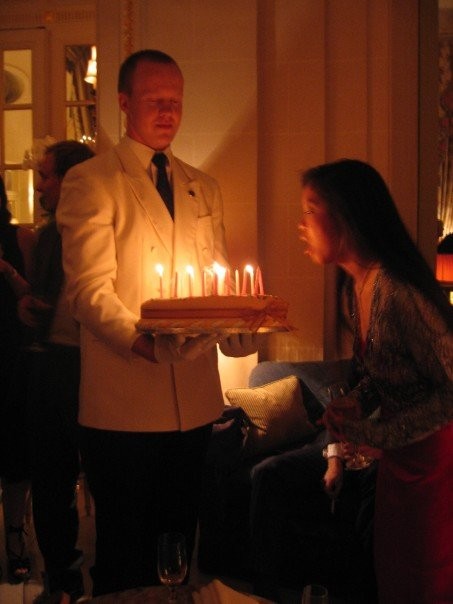

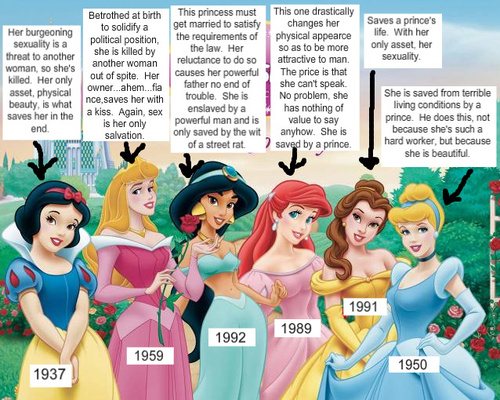
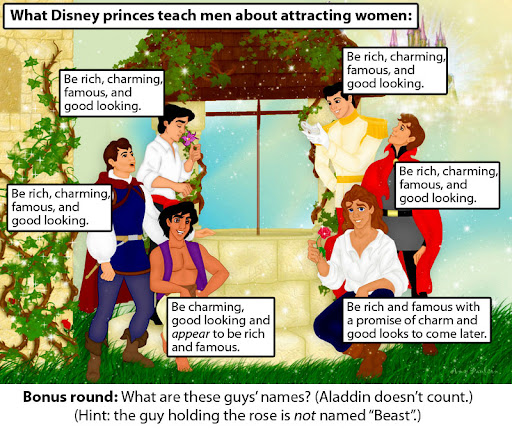
 Months after the initial announcement, today, it becomes official: Yahoo has shut down
Months after the initial announcement, today, it becomes official: Yahoo has shut down  It’s absurd to think that putting up an “under construction” sign on a web page was at one point an idea that was (pardon the pun) “ground breaking.”
It’s absurd to think that putting up an “under construction” sign on a web page was at one point an idea that was (pardon the pun) “ground breaking.” “Click here to email the Webmaster.”
“Click here to email the Webmaster.”